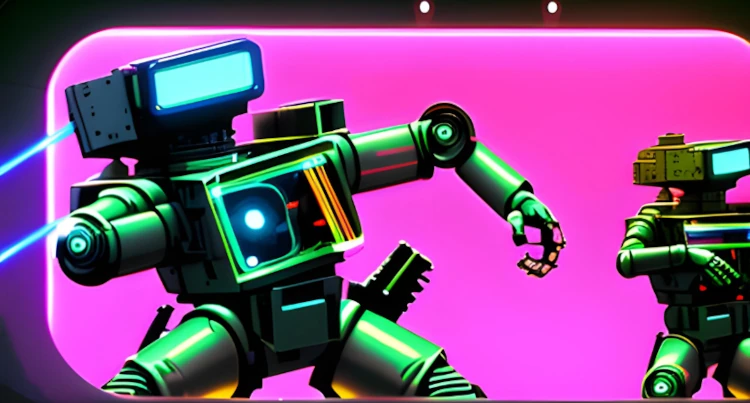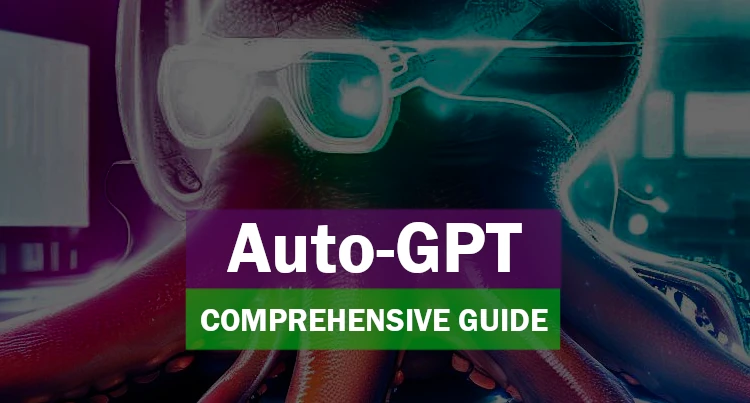Gorilla is an AI model developed by Microsoft and UC Berkeley that can autonomously interact with various online tools using API calls.
Unlike other large language models, Gorilla can learn from online sources in real-time, adapt to changes, and handle complex tasks across different platforms.
Learn more about what Gorilla AI can do by reading the Gorilla AI abstract.
The video highlights the capabilities of Gorilla and discusses its potential as a step towards artificial general intelligence (AGI).
Watch Video: Introducing Gorilla
Facts about Gorilla
Gorilla is an AI model developed by Microsoft and UC Berkeley that can autonomously interact with online tools using API calls.
It can learn from online sources in real-time, adapt to changes, and handle complex tasks across different platforms.
Gorilla is more accurate and reliable than other large language models when generating API calls.
It is flexible and adaptable, capable of handling changes in documentation and updates of APIs.
Gorilla is powerful and versatile, able to perform tasks that require multiple API calls or reasoning across different domains.
While Gorilla is an impressive AI model, it still relies on human-generated data and documentation, and it cannot handle tasks that require creativity, emotion, or common sense.
How does Gorilla compare to other large language models when it comes to generating API calls?
Gorilla is more accurate and reliable than other large language models when it comes to generating API calls.
It has been specifically trained to interact with online tools using API calls, which means it has a deeper understanding of the syntax and requirements of these interactions.
This allows Gorilla to generate more precise and effective API calls, resulting in better performance and outcomes when executing tasks.
Can Gorilla handle tasks that span across different platforms and domains?
Yes, Gorilla is designed to handle tasks that span across different platforms and domains.
It can adapt to changes in documentation and updates of APIs, allowing it to interact with various online tools and platforms.
Gorilla is capable of performing complex tasks that require multiple API calls or reasoning across different domains.
This flexibility and adaptability make Gorilla a powerful and versatile AI model for handling diverse tasks.
What are some limitations of Gorilla in terms of achieving artificial general intelligence (AGI)?
While Gorilla is a highly advanced AI model, it has some limitations when it comes to achieving artificial general intelligence (AGI).
Gorilla relies on human-generated data and documentation. Its learning is dependent on existing online sources, which means it may not have access to comprehensive or unbiased information. This reliance on human-generated data can limit its ability to learn and understand the world independently.
Gorilla lacks creativity, emotion, and common sense reasoning. It excels at performing tasks based on existing knowledge and rules but may struggle with tasks that require creative problem-solving, emotional understanding, or nuanced decision-making. AGI, on the other hand, would require these higher-order cognitive abilities.
Gorilla’s capabilities are limited to interacting with online tools through API calls. While it can handle a wide range of tasks within this domain, it may not be able to generalize its skills to physical or real-world interactions. AGI would need to navigate and interact with the physical world effectively.
While Gorilla is an impressive AI model, it still falls short of the full scope of capabilities required for achieving artificial general intelligence.
Comment on Gorilla AI
Comment on Gorilla AI on Reddit
Comment on Gorilla AI on Twitter






